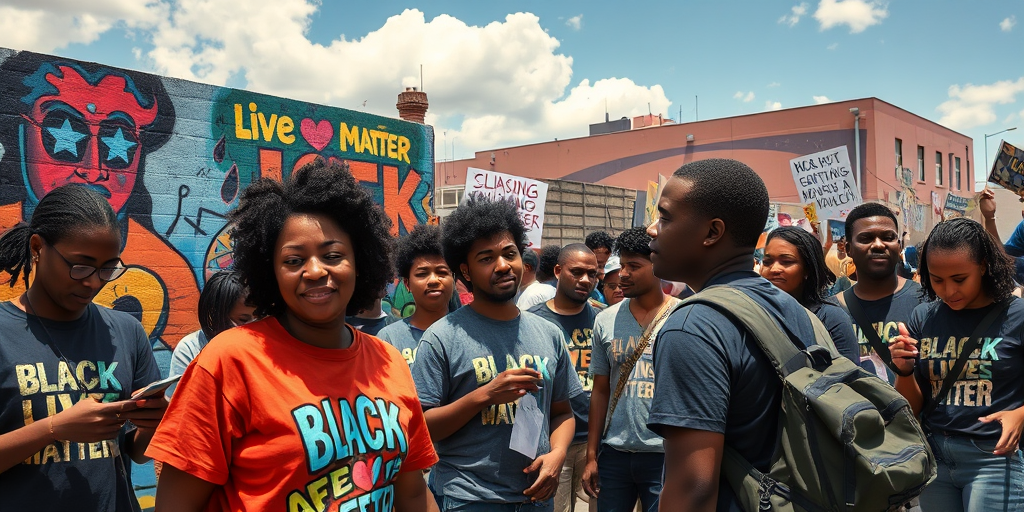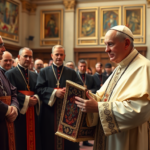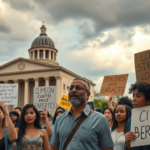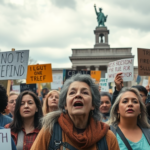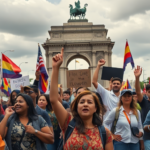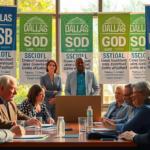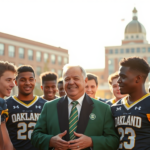Black Lives Matter Street Murals: An Enduring Symbol of Protest and Unity
Following a summer of unprecedented protests against systemic racism and police brutality in 2020, cities and towns across the United States commissioned artists to create street murals bearing the phrase “Black Lives Matter” as a bold statement of solidarity. These vibrant works became enduring symbols amidst the tumult, capturing a critical moment in the nation’s ongoing dialogue about race and justice.
The Power of Public Art: A Historical Perspective
The original mural, set dramatically outside the White House in Washington, D.C., stood as a potent reminder of the movement during Donald Trump’s presidency. Painted in vast, yellow letters, the mural served as both defiance and declaration. However, in March 2025, under the directive of Mayor Muriel Bowser, the mural was removed, influenced by pressure from a Republican-led Congress, marking the end of an era but not the fading of its legacy.
Muriel Bowser, reflecting on the significance of the mural, remarked, “The mural inspired millions and helped our city navigate a painful period.” Even in its absence, the mural’s impact persists, having sparked a global replication that speaks to the unifying power of art.
Local Perspectives: Enduring and Evolving
Across the country, community artists and activists have taken up the mantle, striving to maintain these murals as visible affirmations of local commitment to the Black Lives Matter (BLM) movement. According to Urban Art Mapping, a database that tracks public art, approximately 150 BLM murals remain standing, a testament to their cultural and political significance.
In Hobson City, Alabama, residents, led by Mayor Alberta McCrory, emblazoned “Black Towns Matter” on their main thoroughfare, symbolizing historical pride and resilience. Similarly, in Los Angeles, a rainbow-colored “All Black Lives Matter” mural celebrates both the BLM movement and the intersectionality of identities, honoring marginalized communities.
Lindsey Owen, an art historian, noted, “These murals not only commemorated a moment; they continue to reflect the values and heritage of their communities, mirroring both presence and absence as necessary reminders.”
Community Commitment and Challenges
While some murals face challenges from urban developments, wear, and vandalism, the dedication of community groups in cities like Seattle and Dallas ensures their preservation, reaffirming their messages for future generations. This commitment underscores the murals’ role as a communal heritage, offering space for reflection and collective healing.
Jose Martinez, a local resident involved in maintaining a mural in Dallas, shared, “For us, these murals are more than just art. They’re a powerful reminder of our shared fight for justice and equality. Every touch-up is a renewal of our commitment.”
In contrast, the defacement of murals in cities like New York and Chicago highlights the ongoing struggle against racial inequity, yet also stands as a testament to the enduring spirit of community advocacy and resilience.
Looking to the Future: Implications and Action
As communities move forward, the murals’ future remains intertwined with broader social progress. They represent a call to action, urging communities to consider both the continuation of their messages and the investment needed to sustain public art as a force for social change.
Art installations not only enrich community spaces but also educate and engage residents about historical and present injustices. Continuous support and maintenance efforts can further solidify these murals’ places as integral to community identity and activism.
Keyonna Jones, an artist who contributed to the original D.C. mural, reflected on the power of the movement’s expression through art: “The murals may fade physically, but their impact and the conversations they ignited will resonate for generations.”
Engaging the Community: Resources and Involvement
For residents interested in engaging with or supporting local mural efforts, various community organizations and city initiatives are active. Public forums and art advocacy groups provide resources for involvement, reinforcing the role of engaged citizens in preserving these vital symbols of unity and resistance.
The BLM murals stand not just as art but as ever-present calls for reflection, unity, and progress. In a landscape that continues to shift, their messages invite ongoing dialogue—ensuring that the spirit of their creation endures, shaping the paths forward for communities across America. Their impact, deeply woven into the social fabric, continues to evoke collective remembrance, hope, and action.

